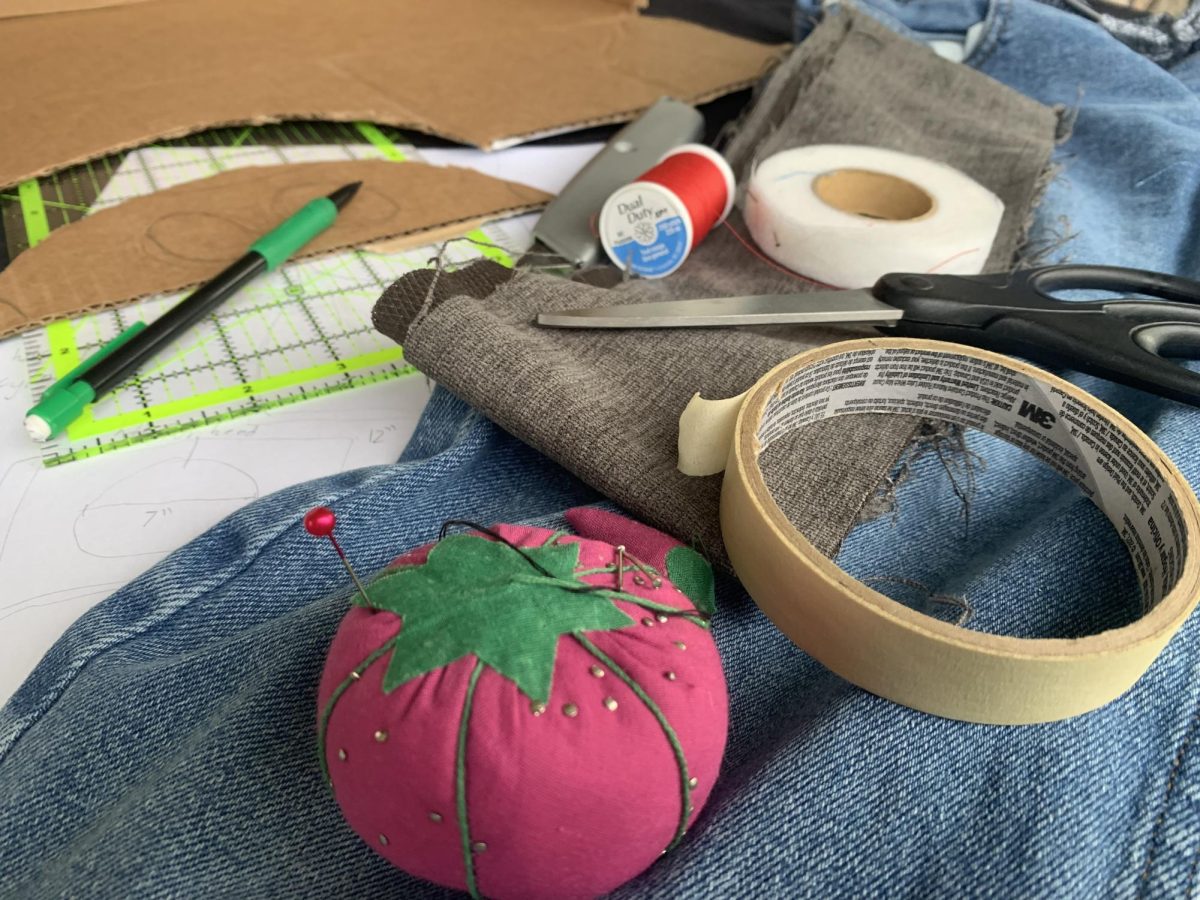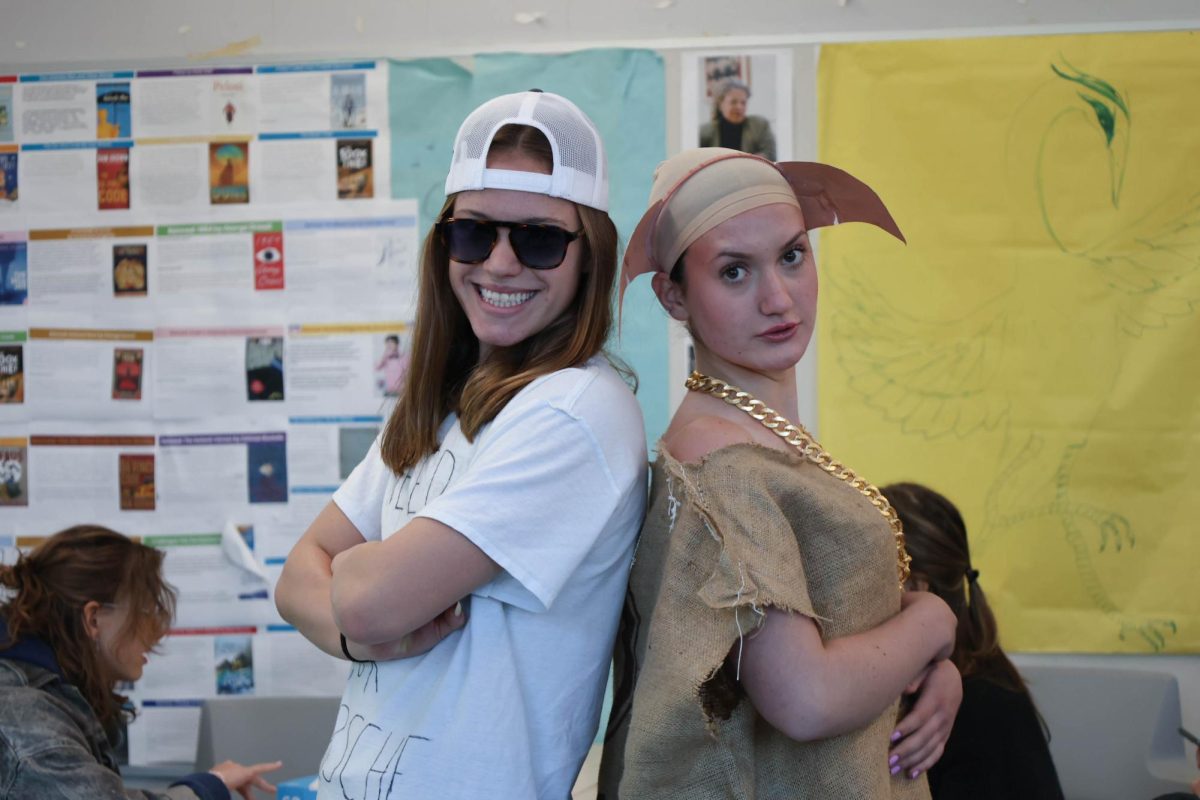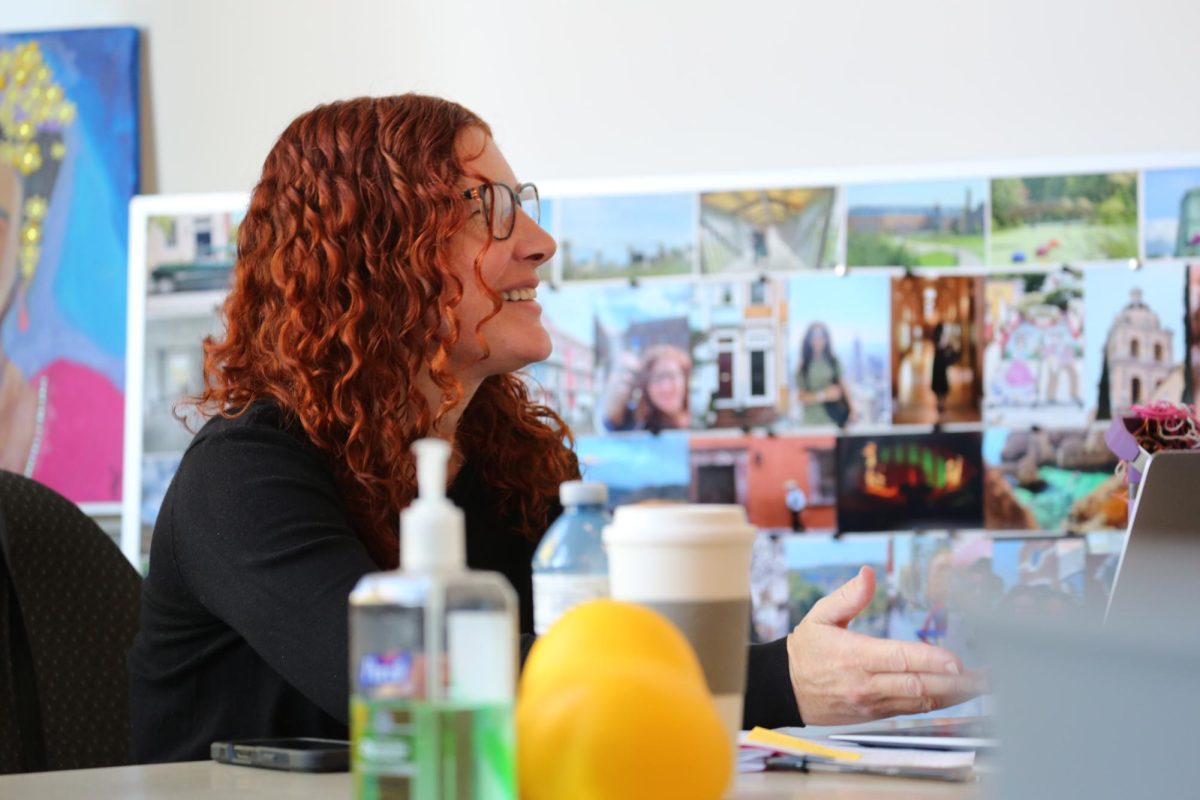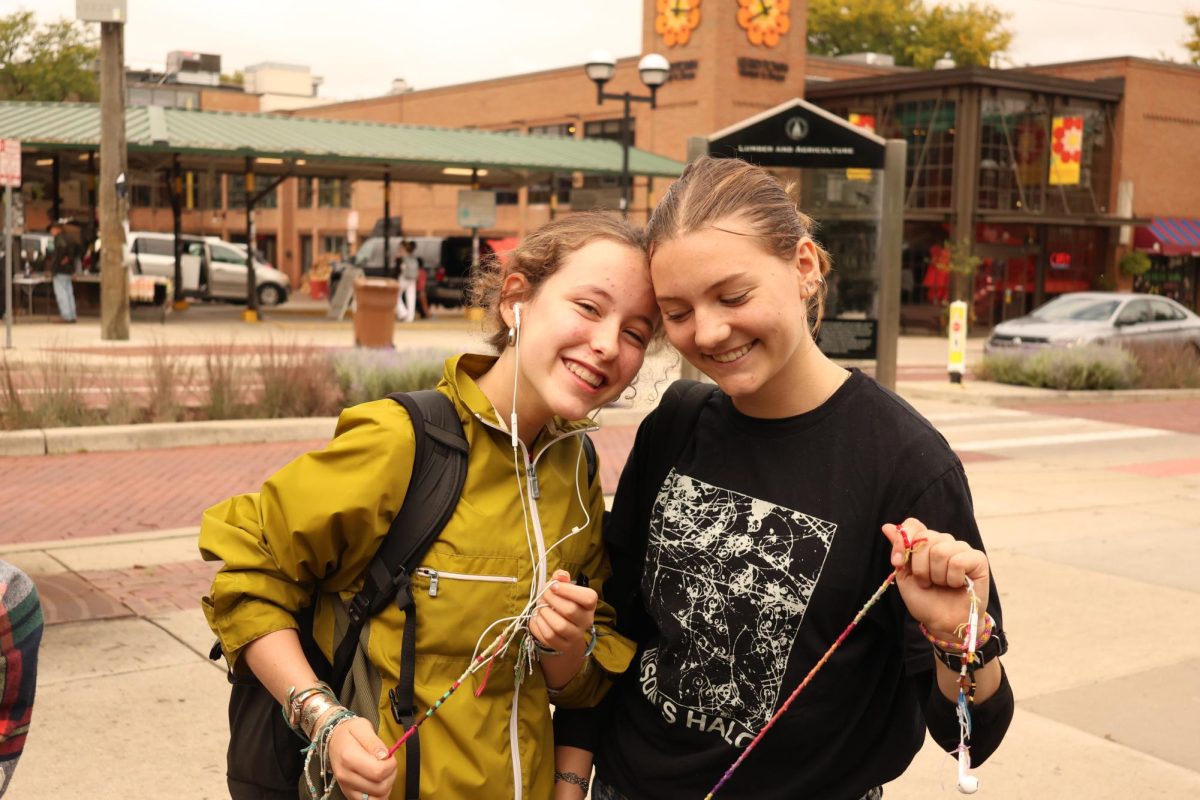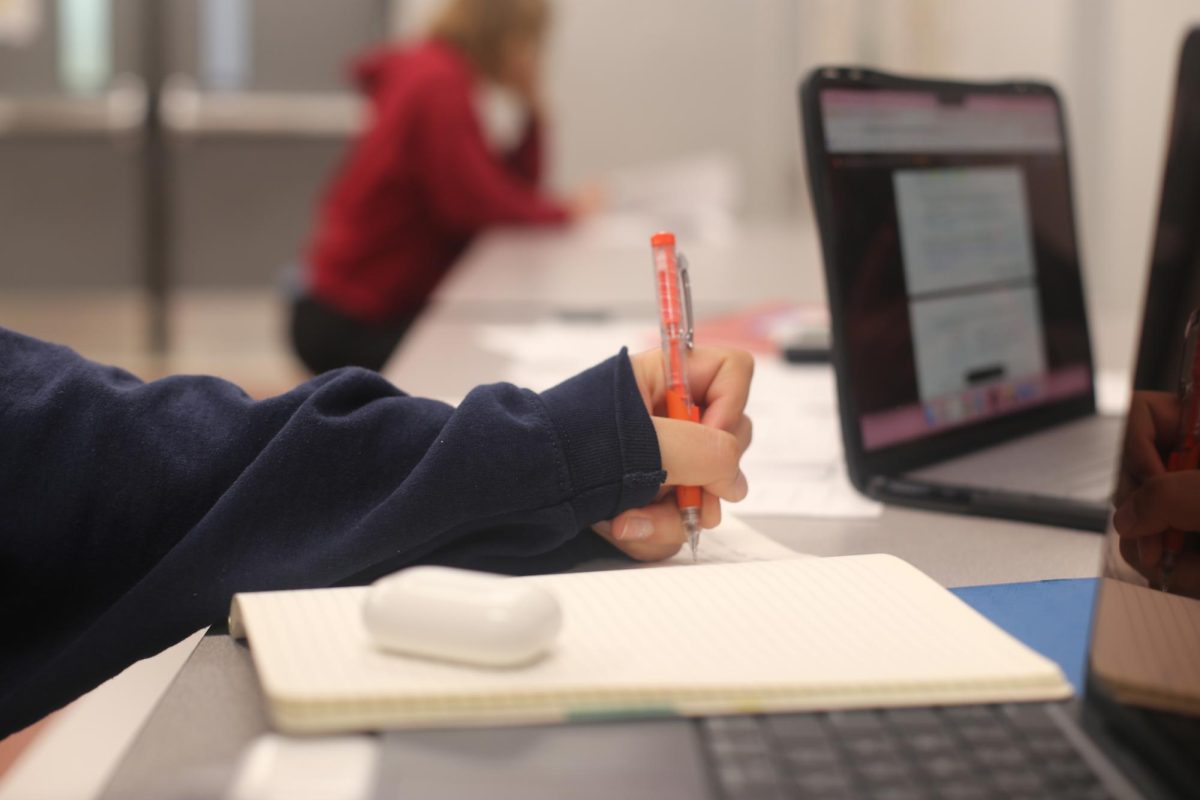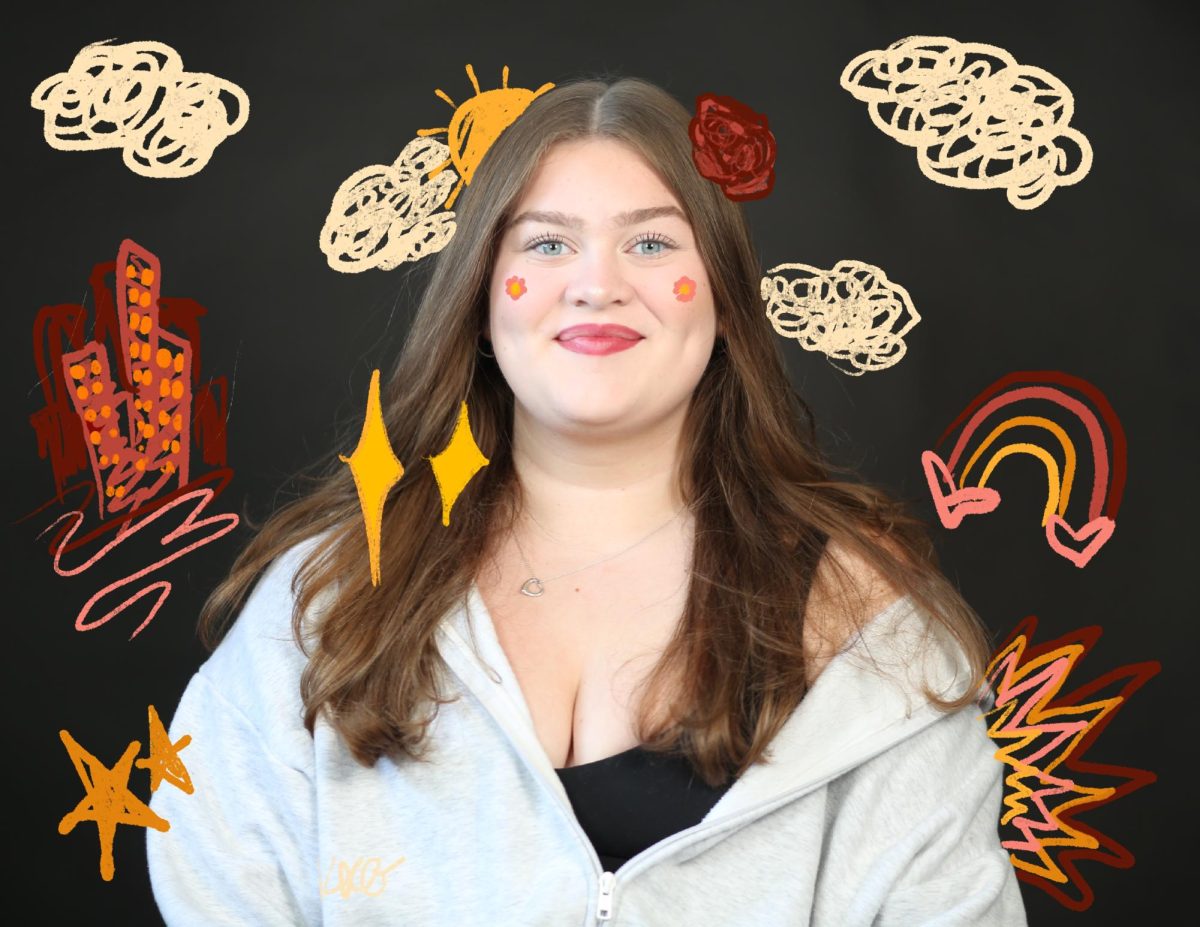Winter Harmony Comes to the Ark as the CHS Jazz Program Fills the House
January 29, 2024
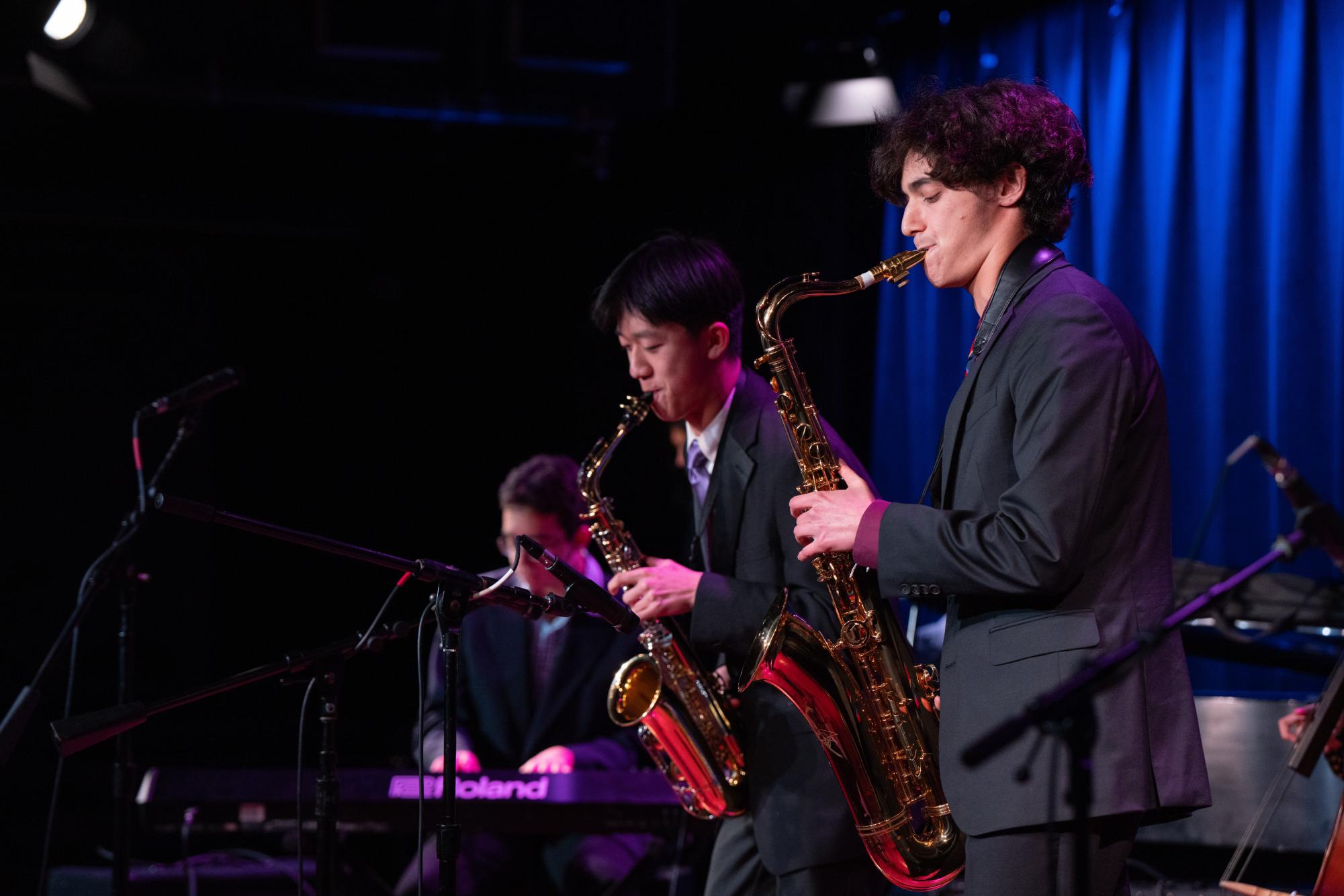
About the Contributors
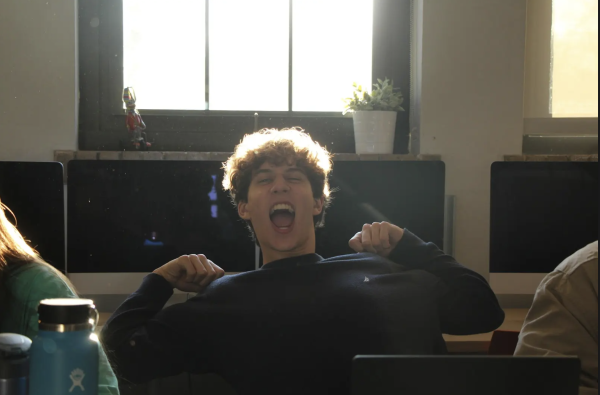
Leo Castilho, News Editor
Leo Castilho is a senior at CHS and this is his second year on staff. When he isn’t writing articles for journalism, you can find him pursuing his studies in calculus and physics. He loves playing with his dog, Zuni, watching movies with his girlfriend and indulging in sweet treats all the time. Currently, he is obsessed with the sport, badminton. Leo is exhilarated for this year on staff and can’t wait to make more connections.

Anthony Wang, Web Editor-in-Chief
Anthony is currently a senior at Community High School. It is his fourth year as a communicator stuff and first year as a Web-Editor-Chief. Anthony is doing Varsity Crew at Huron and Mock Trial at Community. In his spare time, Anthony likes to hang out with his friends, play video games or watch videos on YouTube.
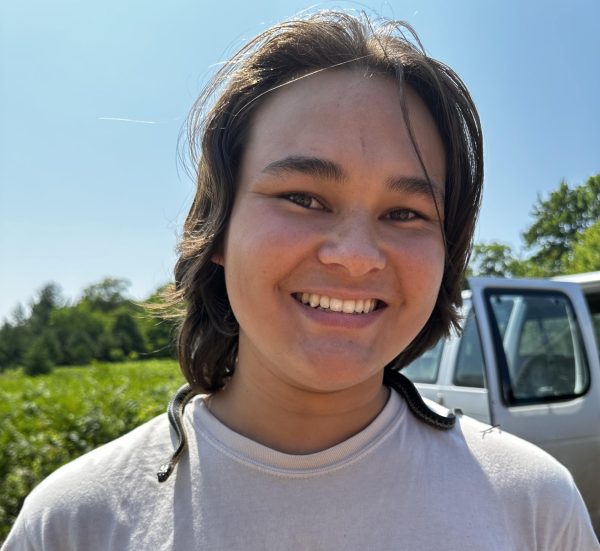
Aidan Hsia, News Editor
Aidan is the news editor for the Communicator and a senior at CHS. He’s played classical guitar for most of his life but loves all kinds of music. Aidan likes reading, playing games, or watching late-night movies with his dog. He’s excited to start his senior year and to write stories for the Communicator.







